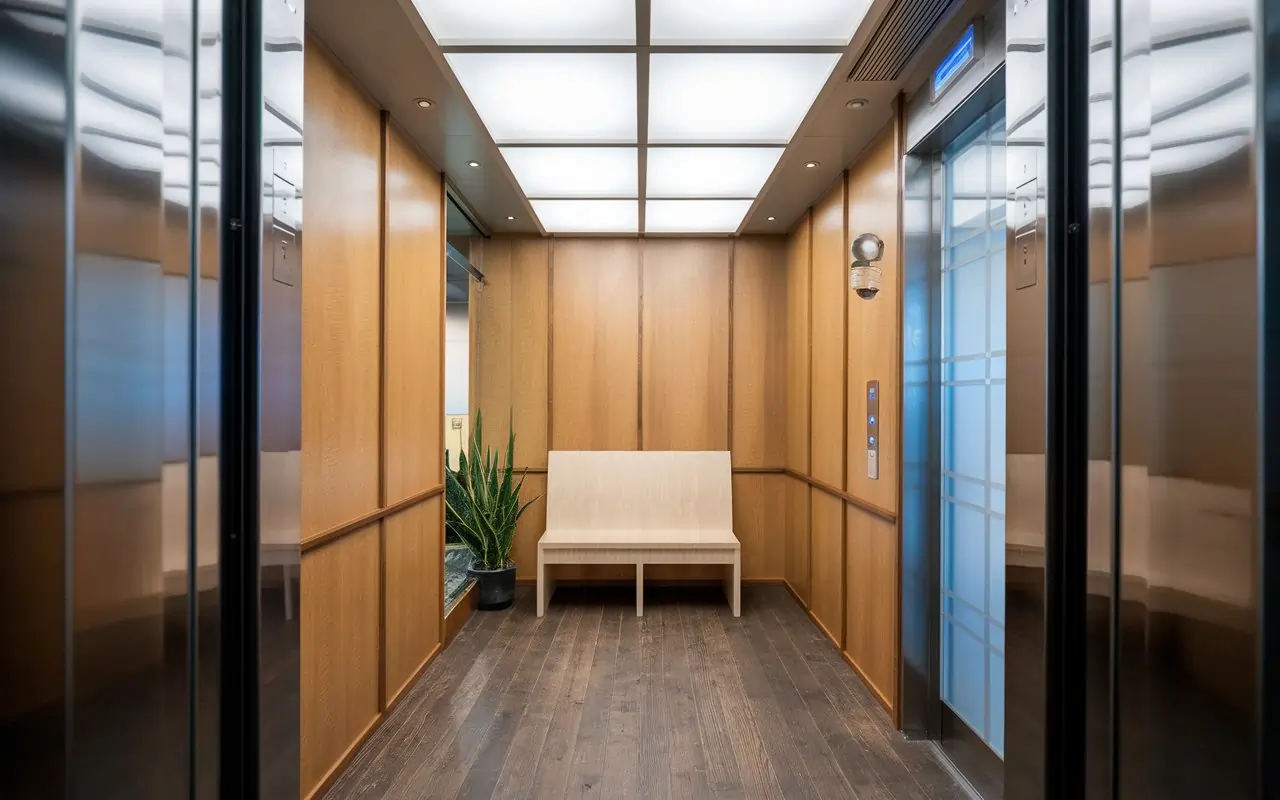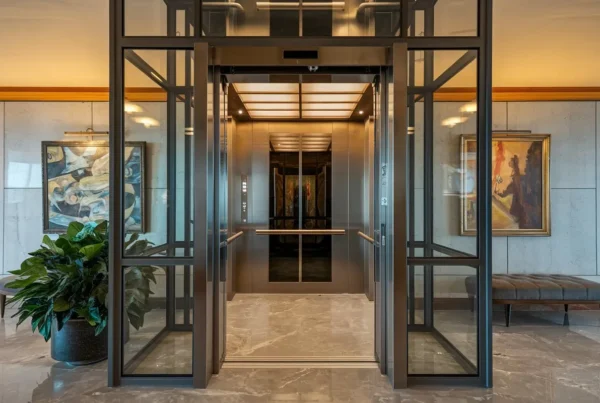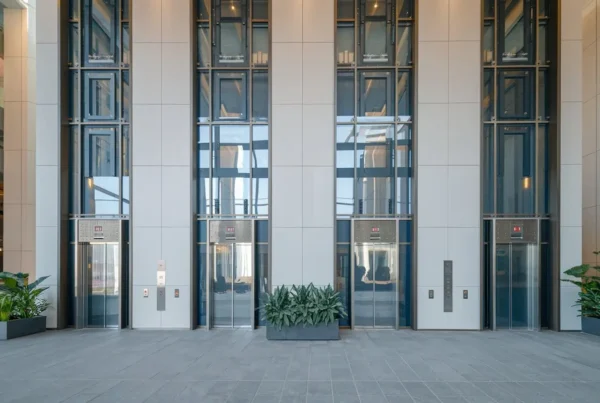Lifts, or elevators, are essential tools across various industries, homes, and businesses. Choosing the right type of lift can significantly impact efficiency, safety, and convenience. Here are the primary types of lifts and their most common use cases:
- Passenger Lifts: Found in residential and commercial buildings, passenger lifts are designed for transporting people across floors. Modern models offer smooth rides and safety features like emergency communication systems and sensors, making them ideal for offices, hotels, and apartment complexes.
- Freight Lifts: Built for durability, freight lifts handle heavy loads, often in industrial settings. Factories and warehouses use them for moving large items, ensuring safety and ease in material handling.
- Dumbwaiters: Small lifts primarily used in restaurants and hospitals, dumbwaiters transport items like food or documents between floors. Their compact design makes them perfect for reducing time and effort in service-based environments.
- Home Lifts: These residential lifts are compact and aesthetically pleasing, offering mobility solutions for the elderly or disabled, improving accessibility in multistory homes.
- Hydraulic Lifts: Powered by hydraulic systems, these lifts are great for buildings up to six floors, providing smooth and quiet rides.
Each lift type caters to specific needs, from heavy-duty operations to enhancing mobility, offering tailored solutions for different spaces and functions.









